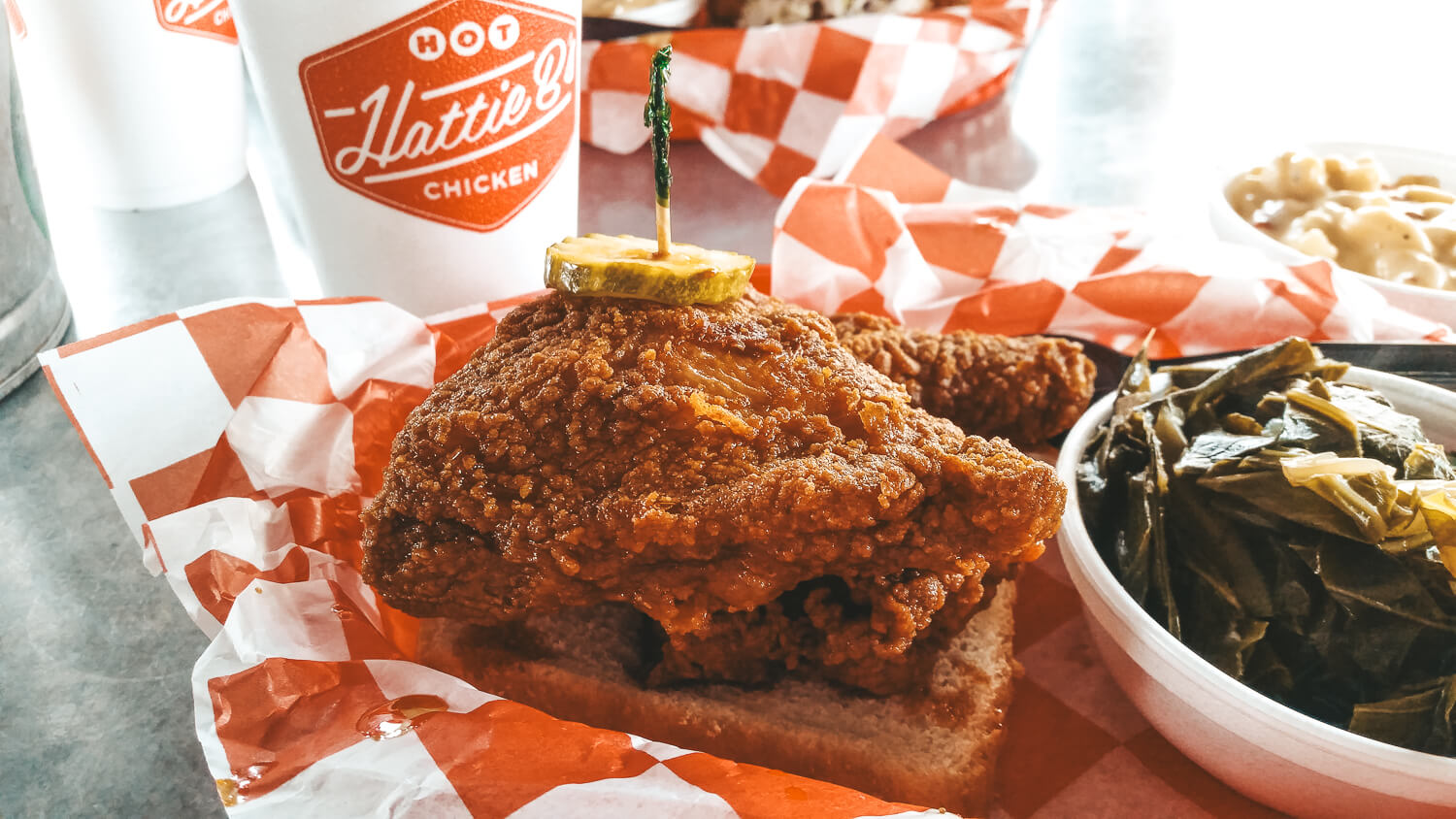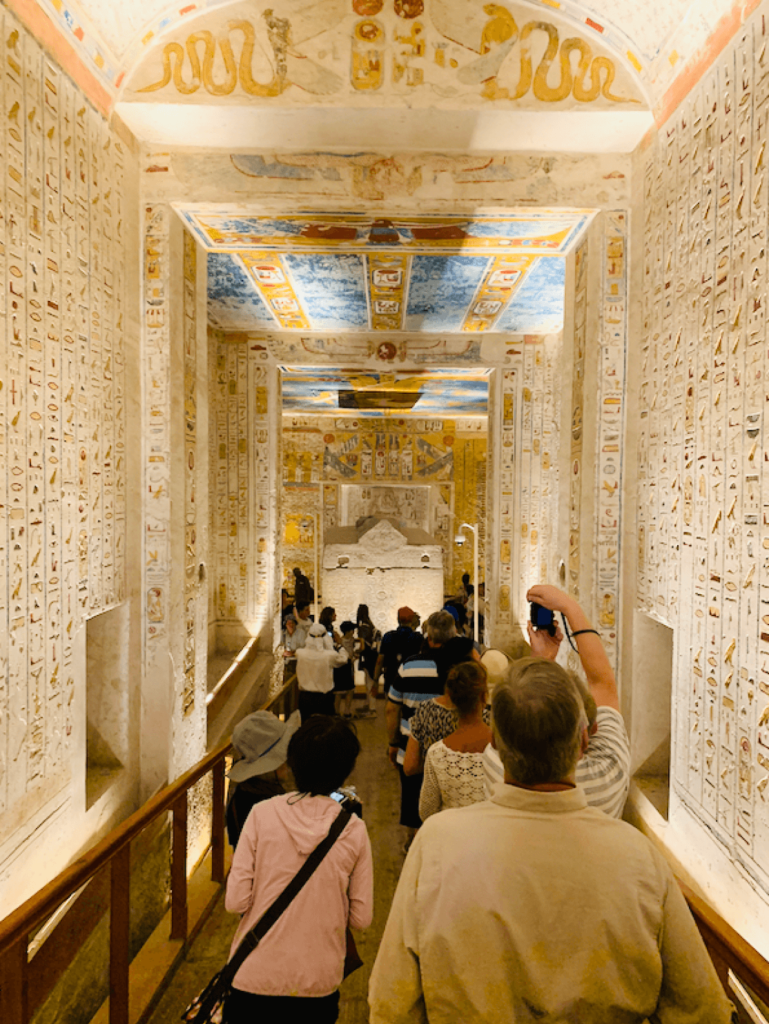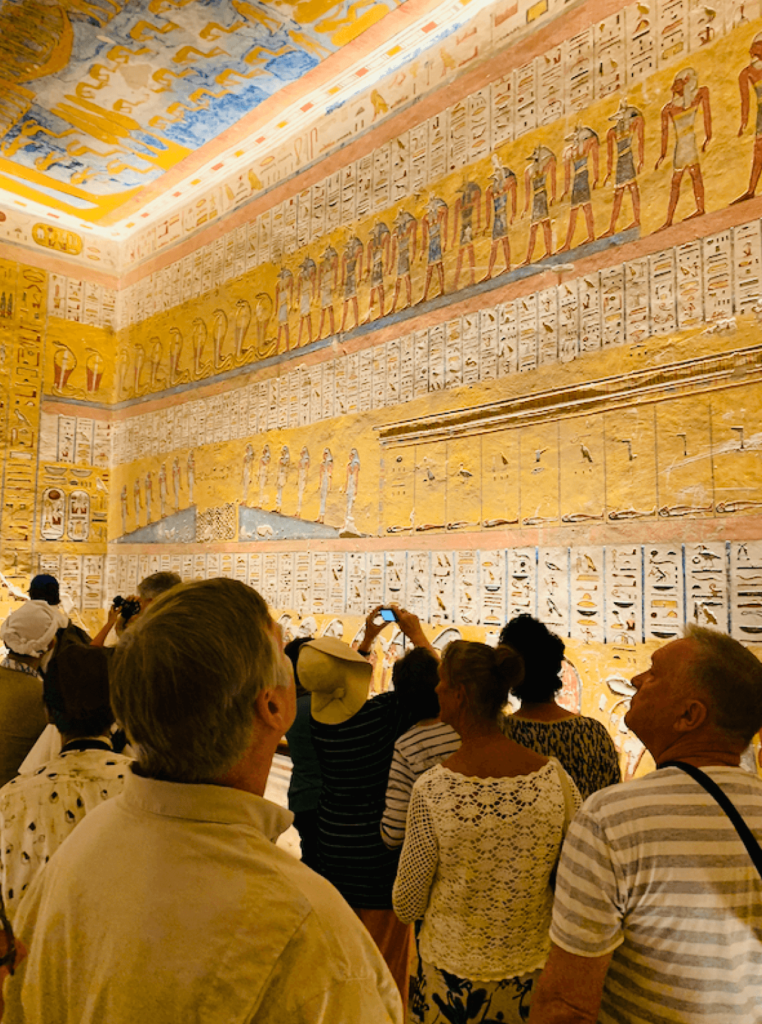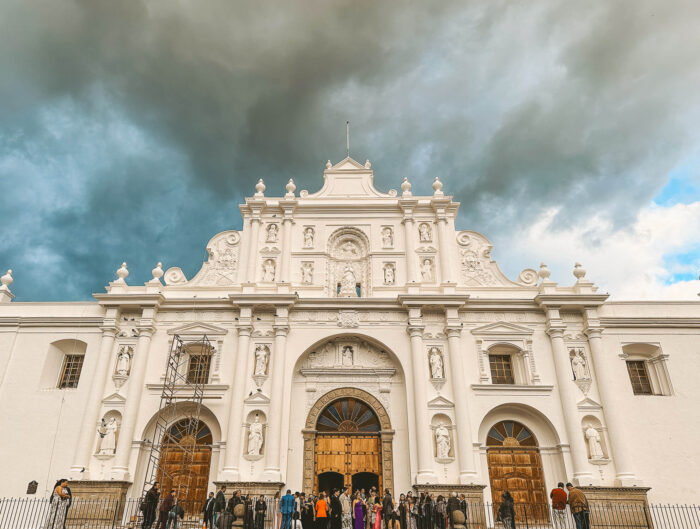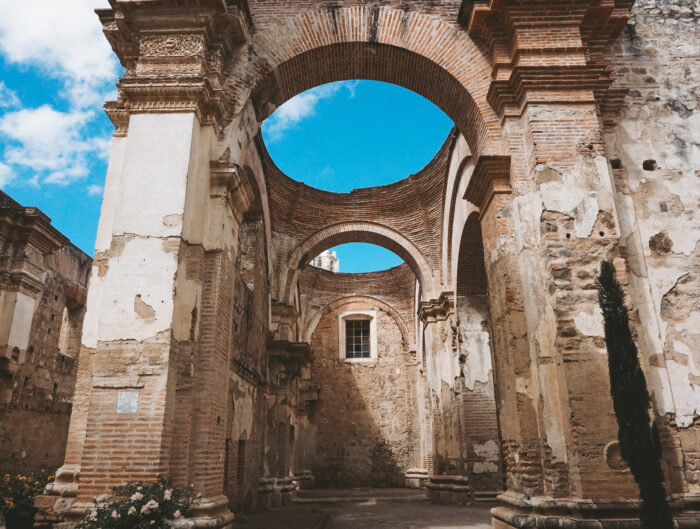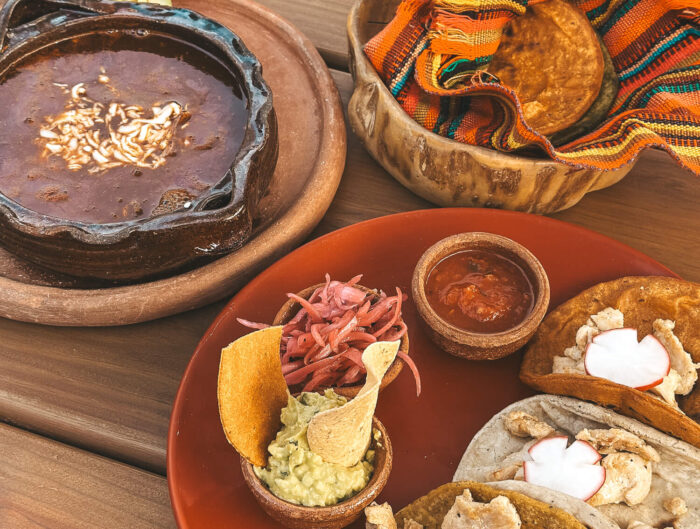Luxor’s incredible sights are must-sees when you visit Egypt!
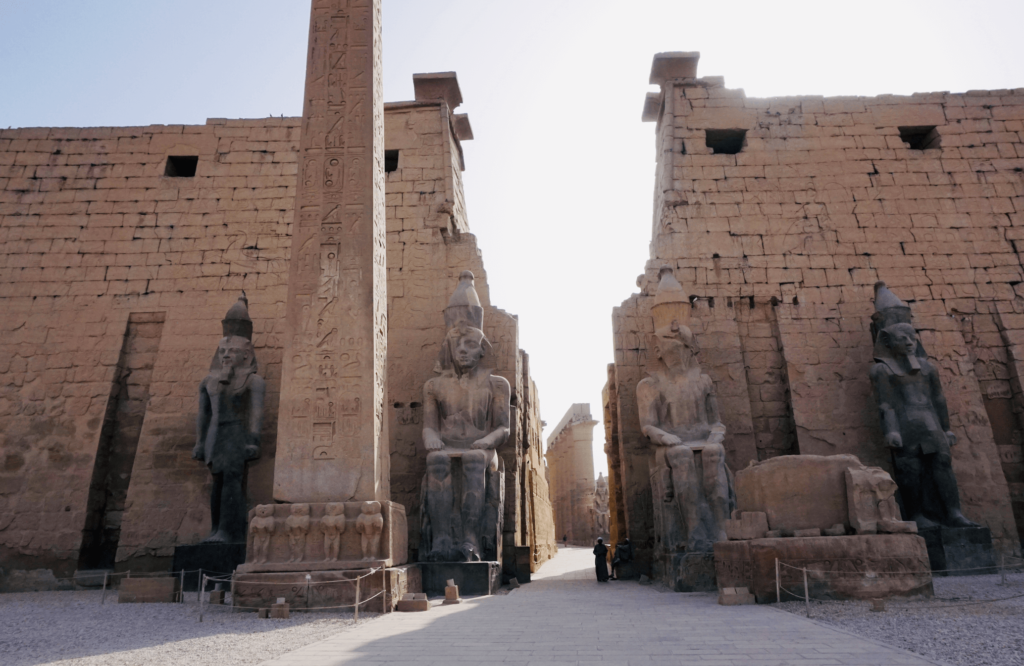
One of my favorite days in Egypt was when we explored Luxor. Sight after sight was jaw-dropping, and I was in awe of the history, the beauty, and the quantity. I’m excited to share all about it in this post!
When you visit Luxor, you’ll definitely want to visit both the east and west banks. It was a FULL day of exploring but worth the sweat and tired legs. (If you have more time in Luxor, you could book each bank on separate days.) I booked our trip through Emo Tours and Naama was an incredible tour guide. I highly recommend her. We were surprised to find it was a private tour, but we appreciated the intimacy and ability to drive the pace of our tour.
Here’s more information about each sight we went to!
Temple of Hatshepsut / Al-Deir Al-Bahari Temple (West Bank)
Being the first sight of our day, it came with a lot of anticipation, and the Temple of Hatshepsut did not disappoint. Did you know Hatshepsut was one of the most successful Egyptian pharaohs? Egypt was prosperous in her 20-year reign. She’s also the most important indigenous Egyptian female pharaoh. The grandeur of her three-level temple illustrated all of this.
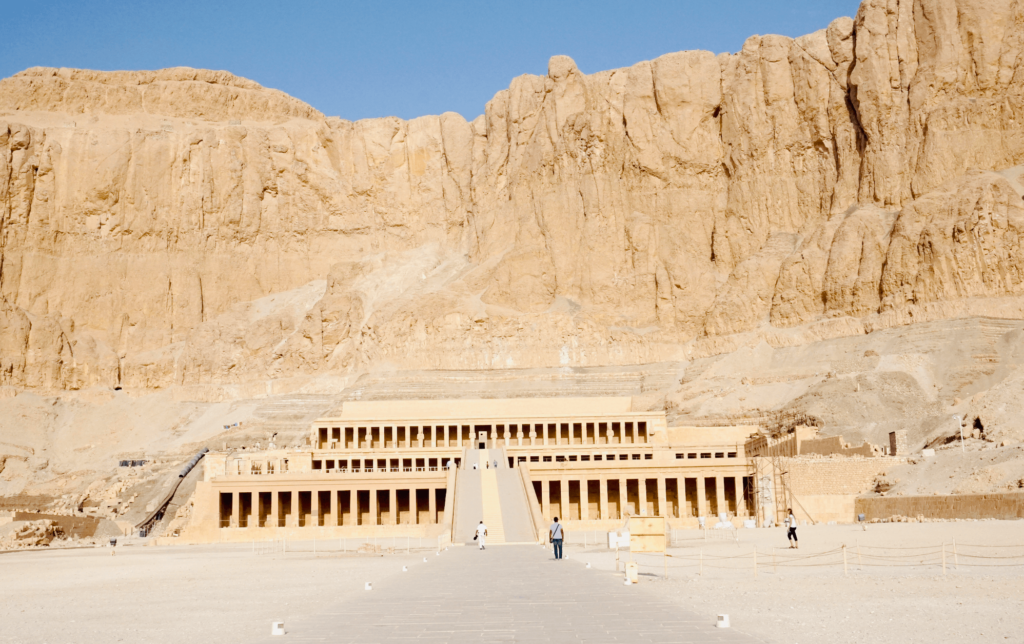
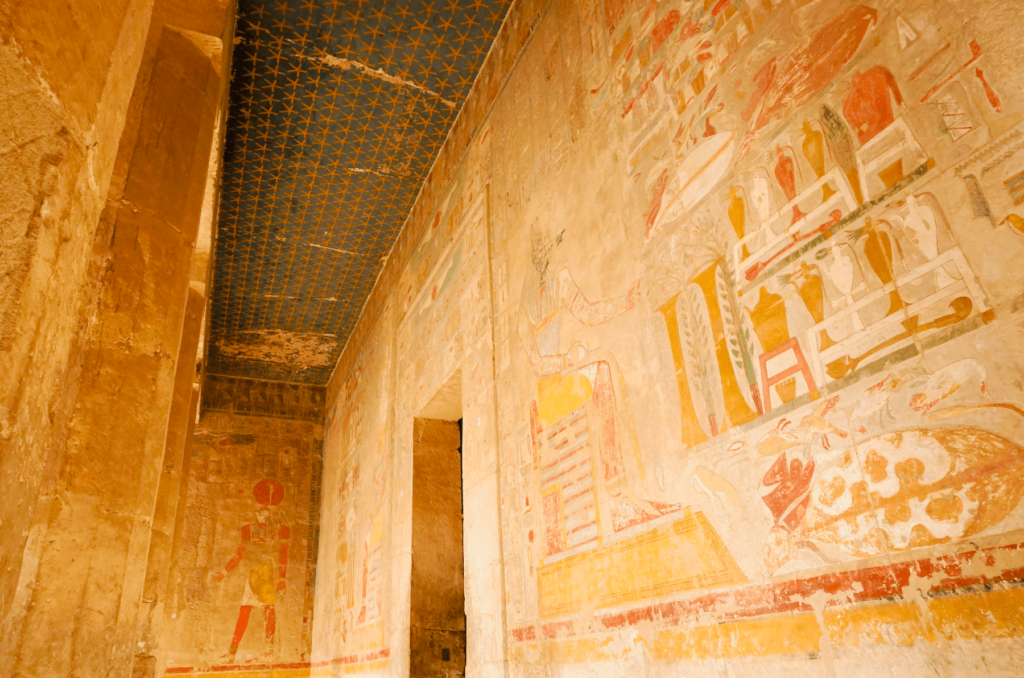
She was the mother to a daughter and her husband, who was also her half-brother, had a son with a second wife. When her husband, Thutmose II, died, she held the regent position because his son, Thutmose III, was too young to rule. After seven years, she claimed the throne. After Hatshepsut died, Thutmose III rose to power and tried to erase his stepmother’s existence, as seen through defaced walls of the temple and destroyed statues. He tried to put his name and face in place of hers to claim her accomplishments as his own.
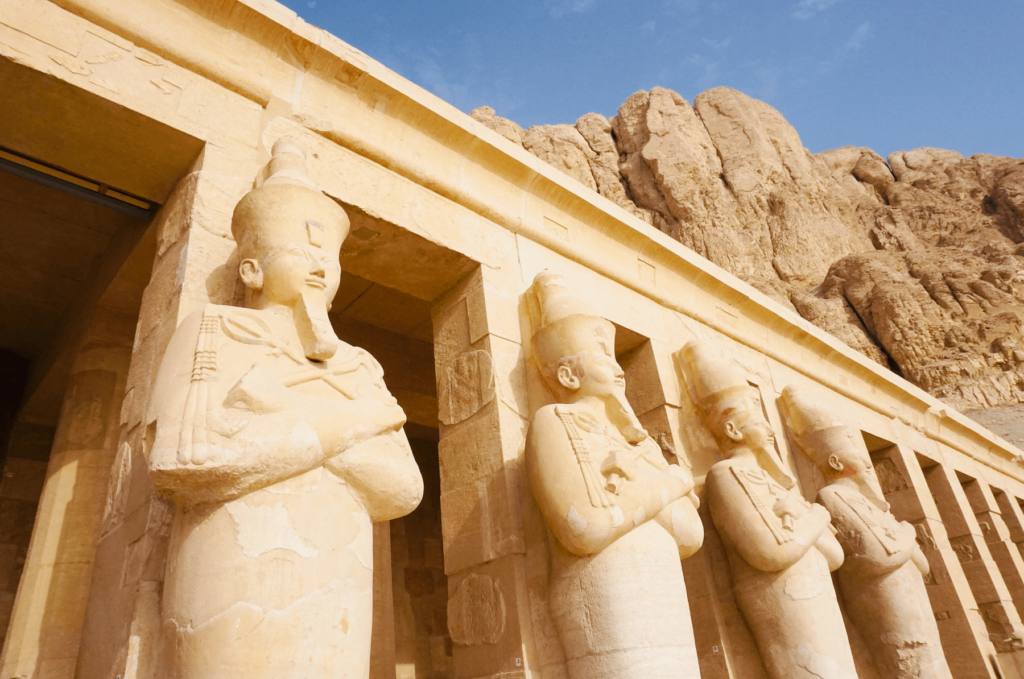
People didn’t know her story until they deciphered hieroglyphics in the 19th century and started putting all the pieces, sometimes literally, together. Seeing Hatshepsut’s temple and hearing her story was fascinating to me!

Valley of the Kings (West Bank)
Because pyramids seemed to be a beacon for robbers, later pharaohs decided to be a little more discreet. They started going to a desolate valley, marked by a tall rock that looked a little like a pyramid. There have been 63 tombs found here, including that of Tutankhamun, though there is little to see in his tomb. The tombs have one to 120 chambers, many decorated with paintings on the walls.
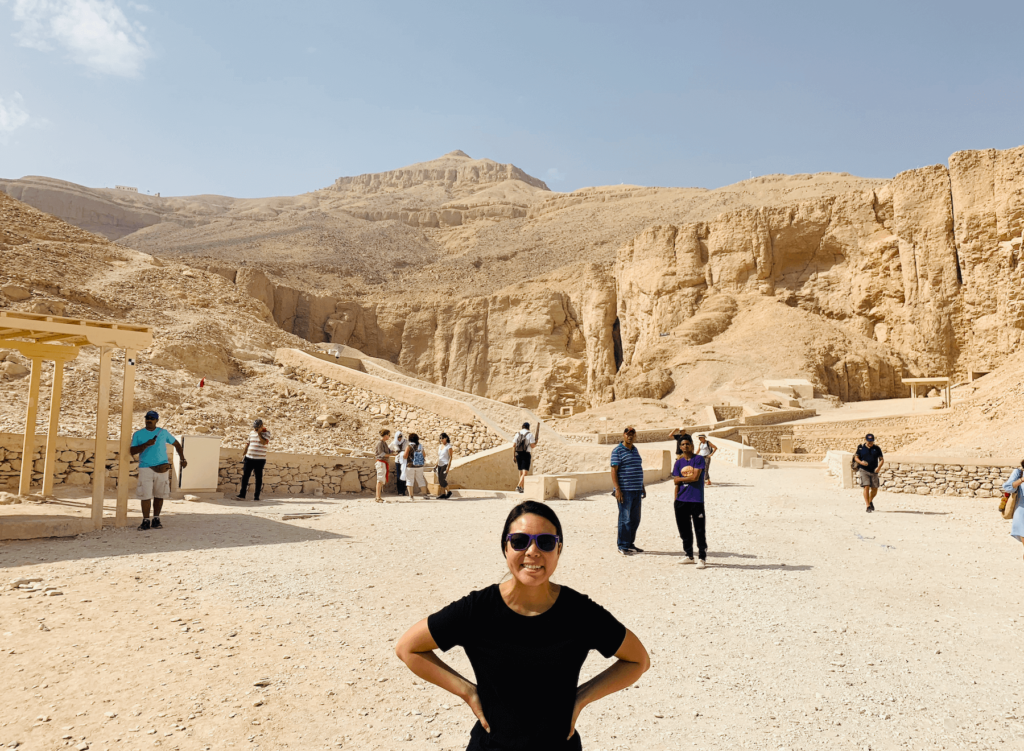
I love this model they have in the visitors center showing all the tombs.
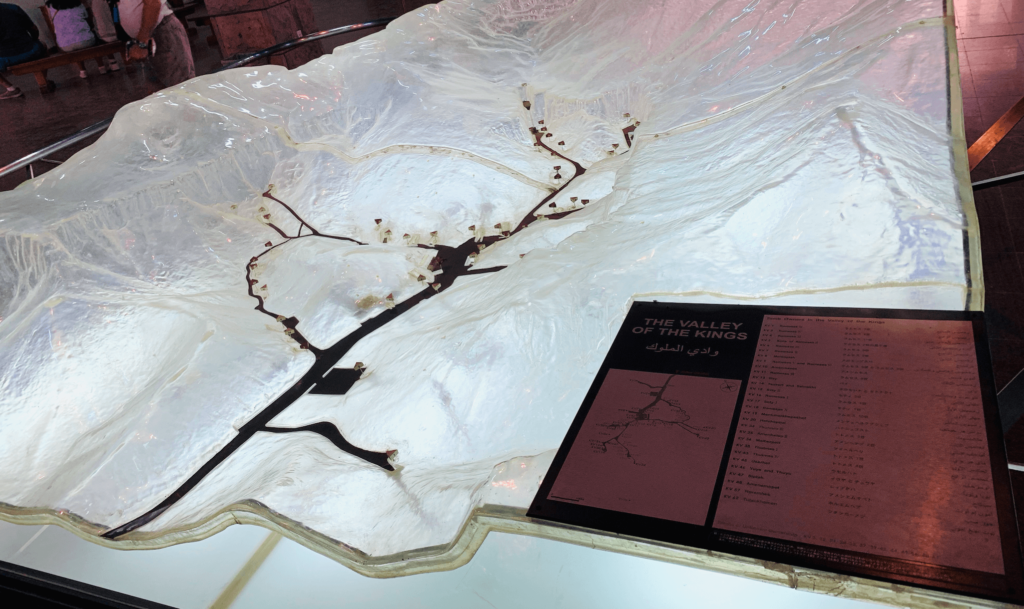
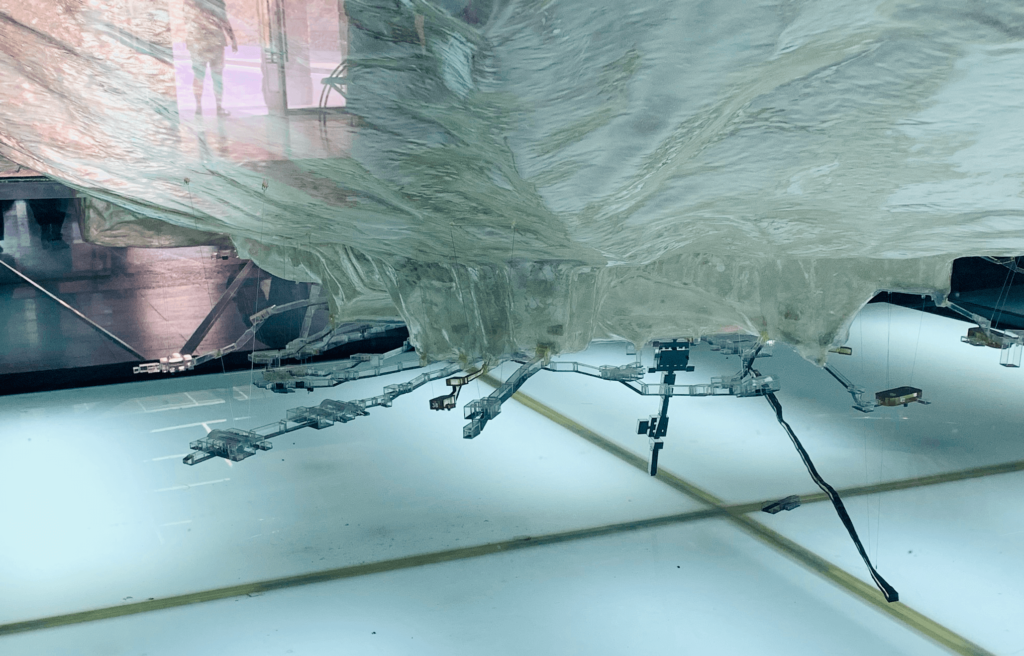
With our ticket, we were able to pick three tombs to enter. We went into the tombs of Ramses III, Ramses IV, and Ramses IX, per the recommendation of our tour guide. Each had its significance, from the colors on the wall to the number of chambers. Tutankhamun’s tomb is here but it is a separate ticket.
If you want to take photos inside the tombs, you’ll need to buy an additional photo ticket for 300 LE or about $17 USD. Don’t plan on sneaking photos without this ticket because there are people inside the tombs who will take your camera and threaten to take you to the police. You can pay them off, but it’s easier to have this ticket.
Colossi of Memnon (East Bank)
We made a quick stop at the Colossi of Memnon, two statues of Pharaoh Amenhotep III. These massive statues are about 60 feet in height, identical, and the guards of a memorial temple’s entrance, though little remains of the temple. An earthquake destroyed the statues, so what you see has been pieced together.
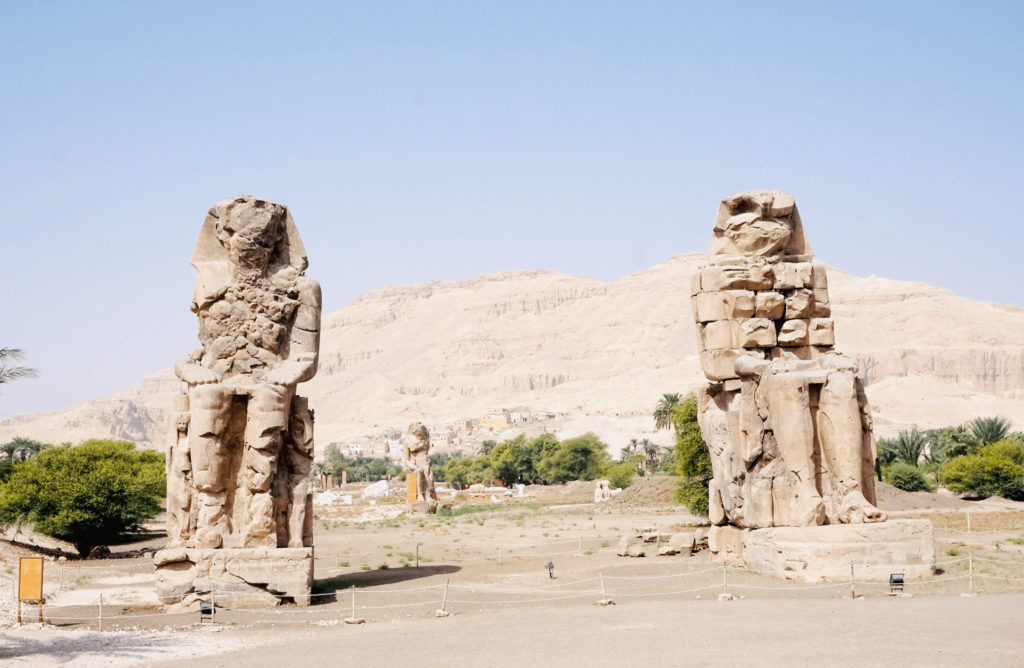
Karnak (East Bank)
Karnak is a complex of over 200 structures built over centuries by many rulers. Known as the second most visited place in Egypt, Karnak is a maze of columns, structures, and buildings. These temples were to honor and communicate with Egyptian gods. At about 2 square kilometers, it’s thought to be the largest religious building in the world.
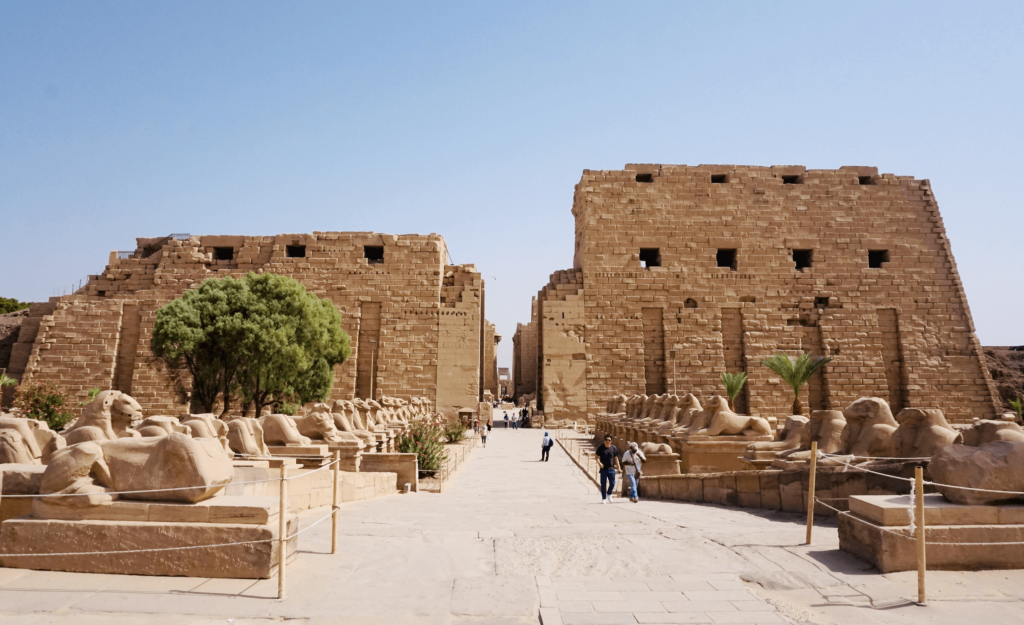
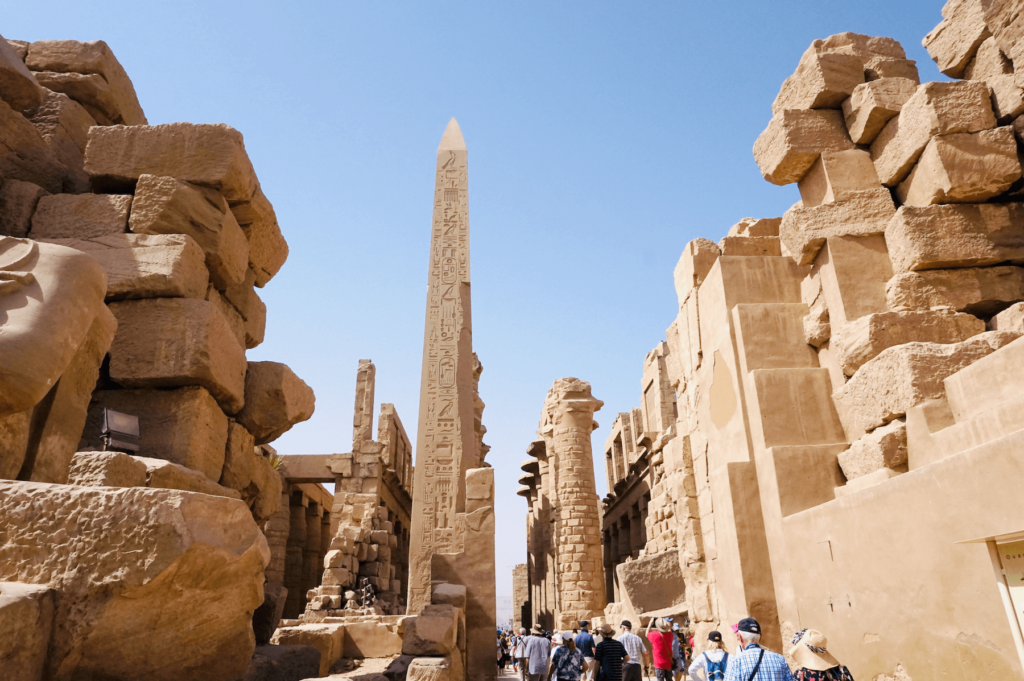
The history at Karnak is long and deep. If you’re interested, read more about it and definitely get a tour guide to give you the highlights.
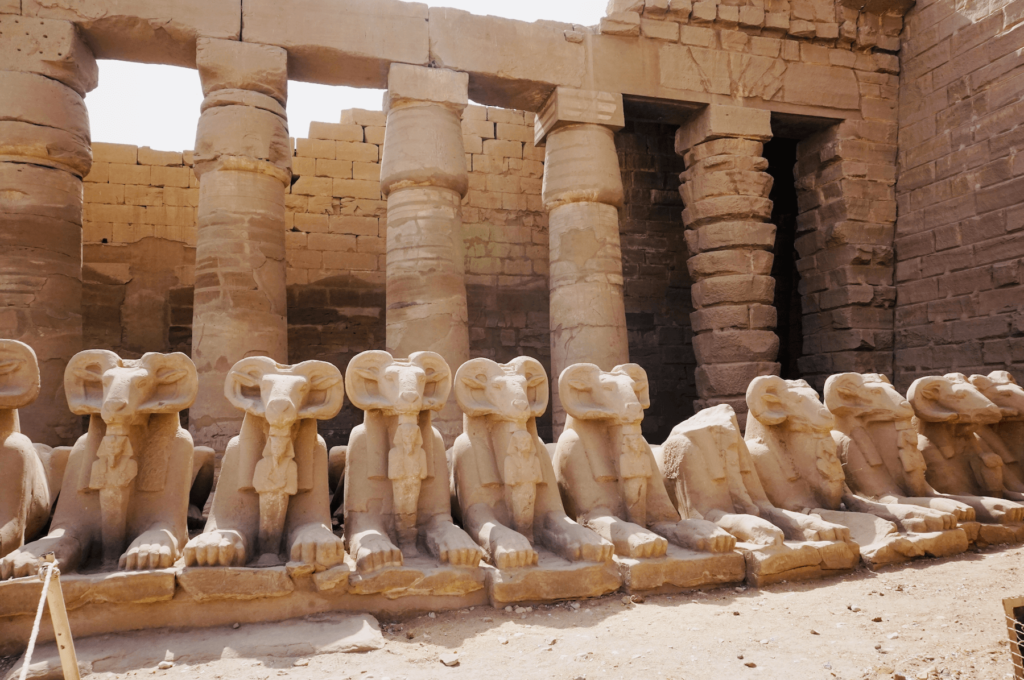
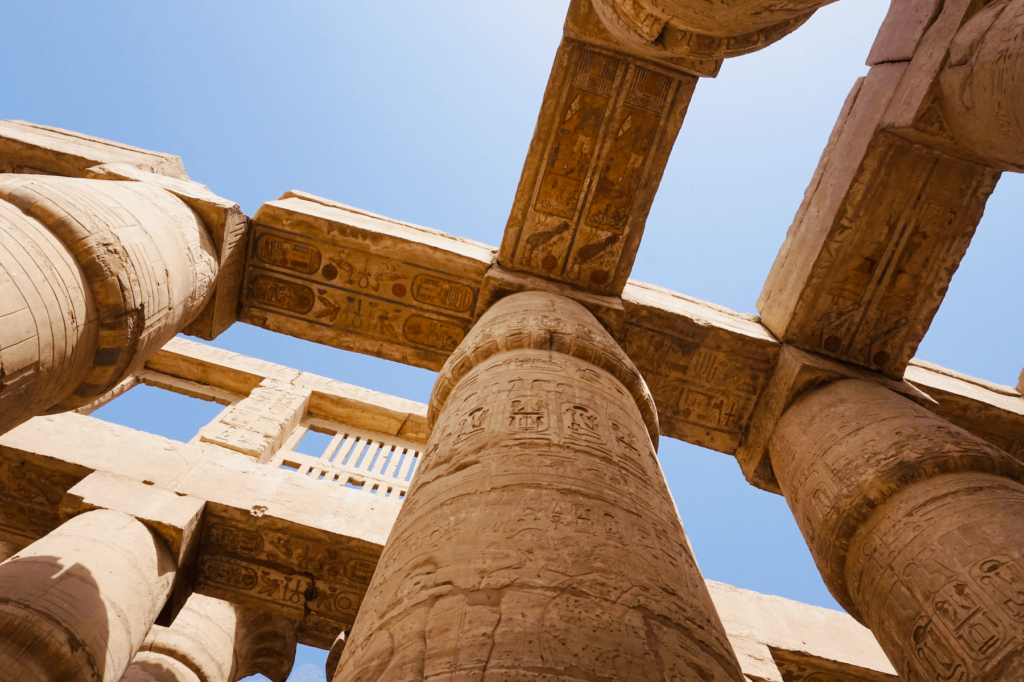
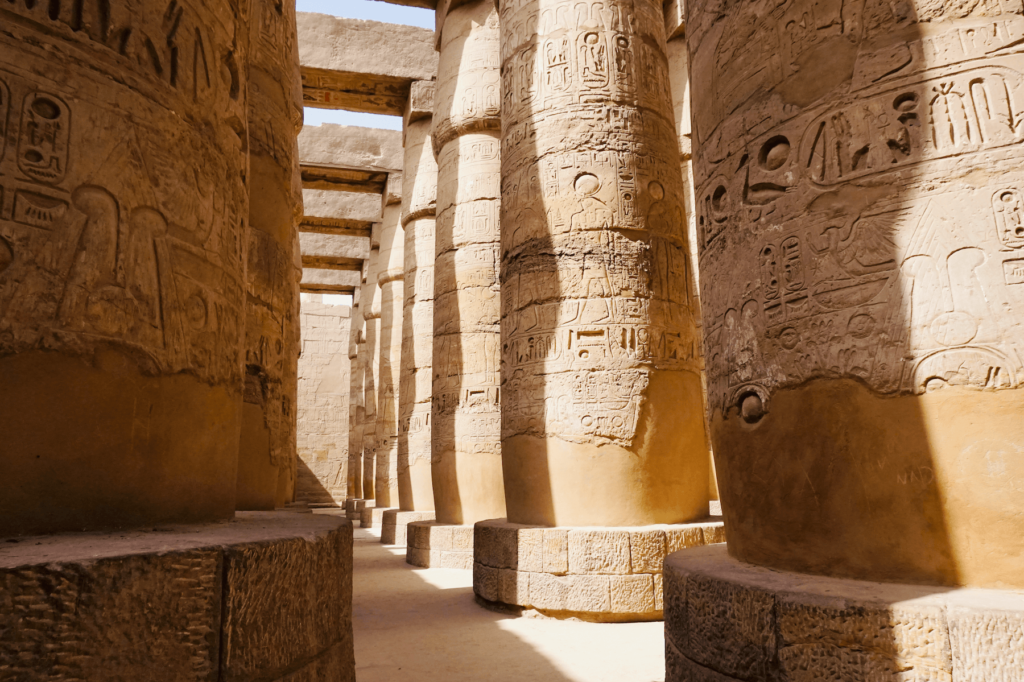
Luxor Temple (East Bank)
Luxor Temple is not as expansive or majestic as Karnak but it is still a place you should visit. Here you’ll find great structures. When we went in the afternoon, it was surprisingly quiet.
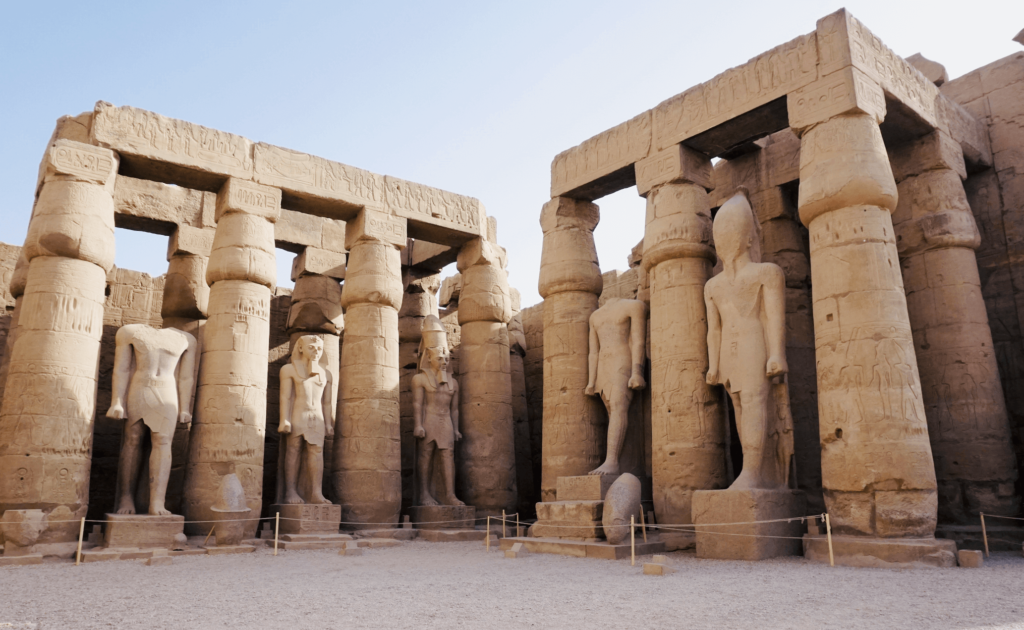
Luxor Temple was buried for thousands of years and the city built up around it. Look up and you’ll see the Mosque of Abu Haggag sitting on top of some ruins!
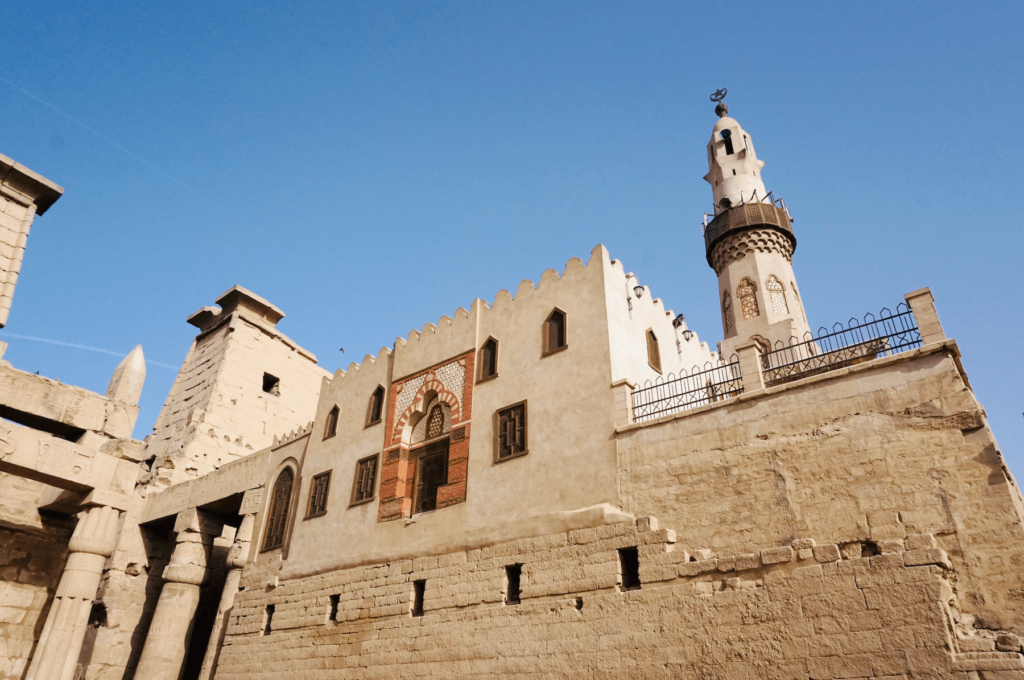
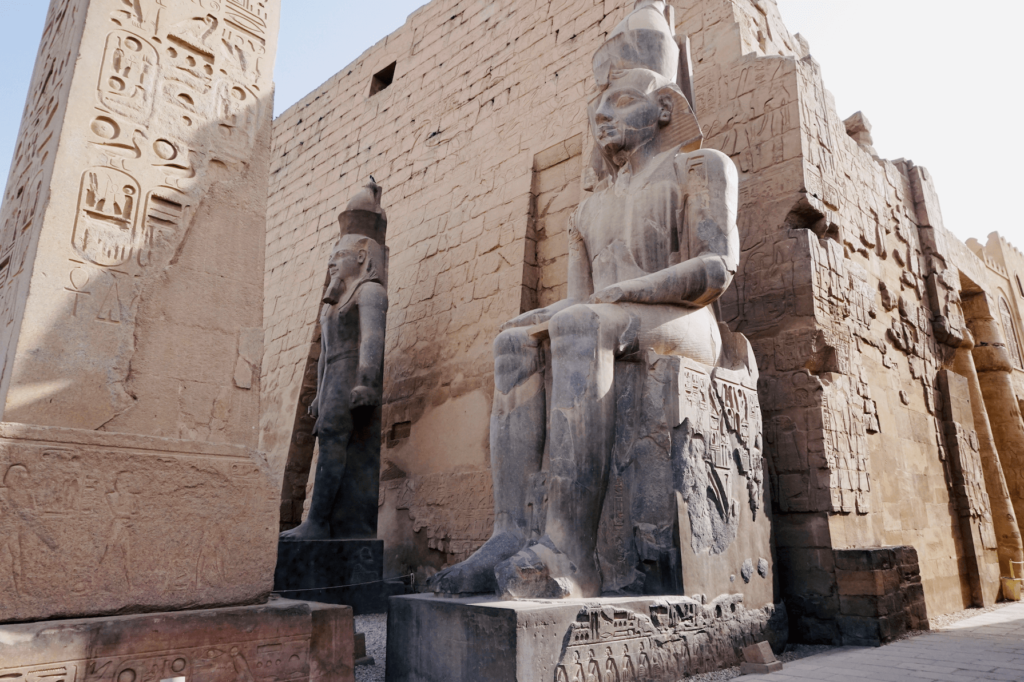
Karnak seems to get a lot of recognition, but with more care, Luxor Temple can have the grandeur as Karnak. For example, they recently decided to clean the walls and, lo and behold, they found original colors on the walls! I think this is a great example of the fact that there are SO many artifacts in Egypt that sometimes things get ignored or they run out of funds for excavation and restoration. If you trip on something in the desert, who knows, maybe you’ve discovered a long-lost statue!

New sphinx statues were discovered THIS YEAR and they are currently working on excavating these and re-building the road from Karnak to Luxor Temple.
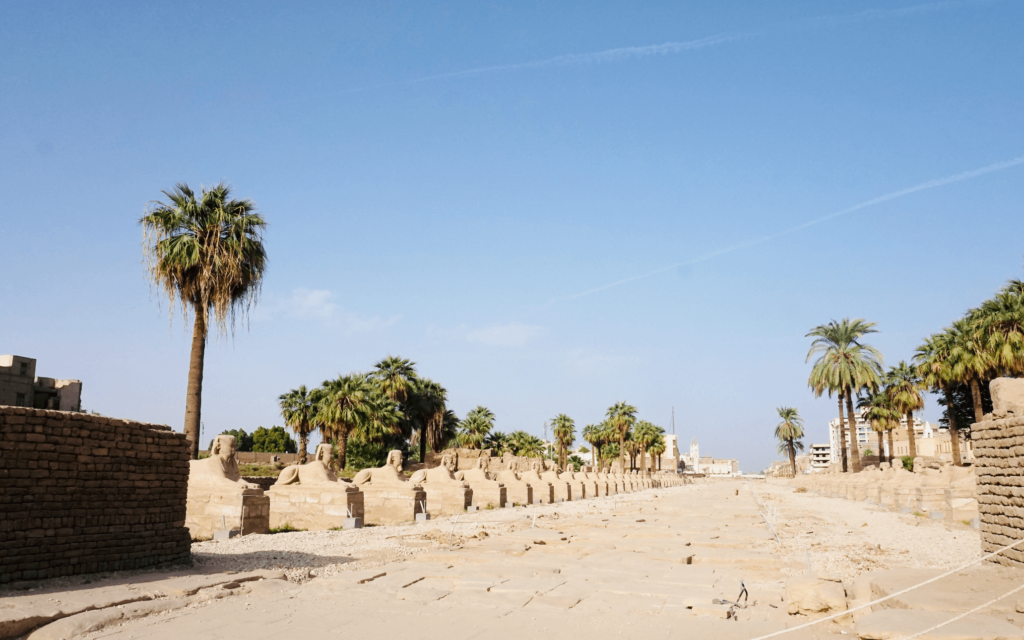
Luxor Sights Costs and Entrance Fees
- Emo Tours: $105 USD for two people. Again, our tour with Naama was excellent! The tour included 5 sights, car transportation, lunch, and snacks. You’ll make a stop at a shop but you are not obligated to buy anything.
- Temple of Hatshepsut: 80 LE or about $5 USD
- Valley of the Kings: 80 LE or about $5 USD. Photo ticket for 300 LE or about $17 USD.
- Colossi of Memnon: Free
- Karnak: 120 LE or about $7 USD
- Luxor Temple: 100 LE or about $6 USD
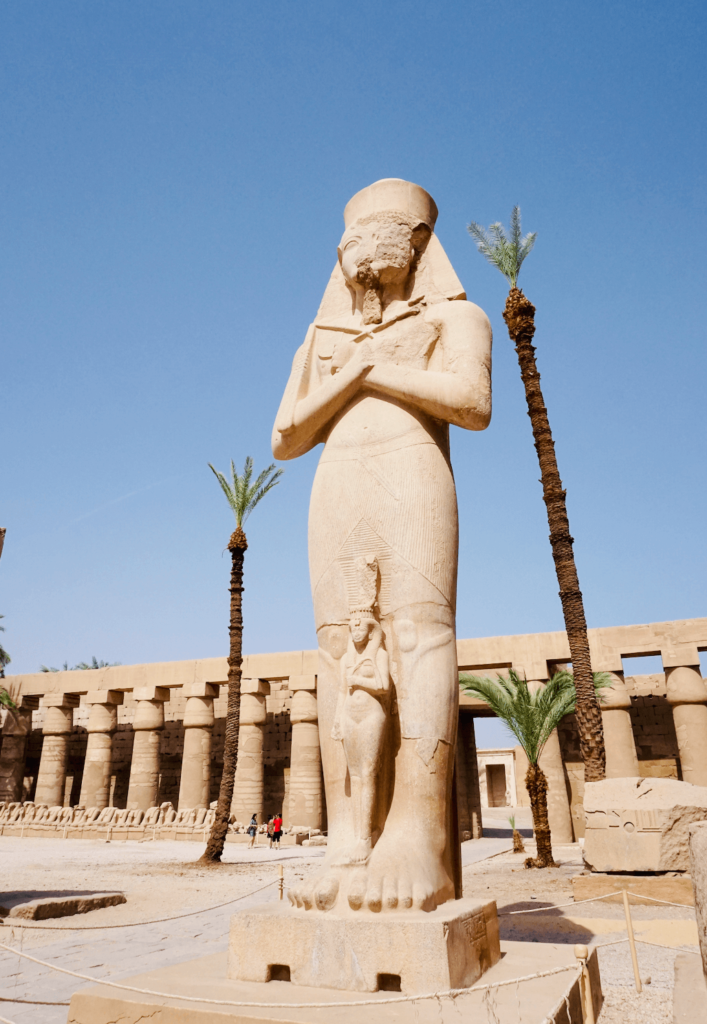
Conclusion
The grandeur and quantity of the things we saw on our tour of Luxor were fascinating. It was one of the most memorable days of our Egypt trip. If you visit Egypt, you can’t miss Luxor!
See my full guide of Luxor, with recommendations for hotels, to plan your trip!
P.S. Want to see more posts from my Egypt trip? Click here!
The adventure continues. You can find me on Instagram, Facebook, Twitter, Pinterest, and Bloglovin’. You can also subscribe to the exclusive email list.
Pin this post for later:

